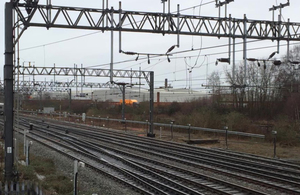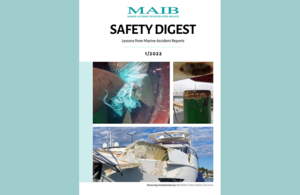The Security Industry Authority (SIA) has today (1 April) introduced an updated close protection qualification for new applicants into the sector.
The updated qualification features four new units covering:
- bespoke physical intervention skills
- knowledge of door supervisor responsibilities (including protecting vulnerable people)
- legislation, threat and risk management
- personal skills, surveillance awareness, search procedures, foot drills, venue security, journey management reconnaissance and preparing and carrying out a close protection assignment
The existing units which cover the theoretical and practical aspects of working as a close protection operative have been refreshed.
The SIA also announced the introduction of top-up training for close protection operatives who apply to renew their SIA licence from 1 October 2022.
These changes, which are based on the views of expert stakeholders reflect extensive research and discussion with the industry.
The top-up training will be available from 1 July 2022. The new top-up qualification will include physical intervention skills, safety-critical content and terror threat awareness. Operatives must make sure that their first aid qualification has at least one year to run before they take the top-up training.
Throughout the SIA’s engagement with the private security industry, concerns were raised that skills fade over time. The introduction of top-up training will help to ensure that all operatives have the knowledge and skills to deal with common risks, especially in safety-critical areas. The top-up requirements will only affect existing licence holders when they come to renew their licence after 1 October 2022. This means that these changes for existing licence holders will roll out over the course of the next three years.
Steve McCormick, the SIA’s Director of Licensing and Standards said:
A key element of the SIA’s role as the regulator is to work with the industry to protect the public and raise standards in private security. The new requirements will help to achieve this by ensuring that Close Protection operatives have the most up-to-date skills to keep themselves, their clients, and the public safe.
Rick Mounfield, Chief Executive of The Security Institute, and a member of the project board that helped direct the project also commented.
Mr Mounfield said:
The career path for close protection officers is often difficult. Contracts can be fractious, and competition is fierce. Those that professionally develop beyond the basic requirements, have always stood out from the crowd. This SIA requirement to upskill is an important evolution in the sector and those that are true professionals will welcome it. It raises the bar for all but still leaves space for enhanced professional development by choice. These enhancements are not exhaustive, but they are implemented with the collective feedback from the industry leaders and close protection officers who chose to participate in the consultation. I applaud the SIA for engaging with and listening to the experts that they regulate.
You can read Rick Mounfield’s blog about what the new changes mean for close protection operatives.
You can read the SIA’s ‘Changes to the training you need for an SIA licence’ page for more details.
Further information:
- The Security Industry Authority is the organisation responsible for regulating the private security industry in the United Kingdom, reporting to the Home Secretary under the terms of the Private Security Industry Act 2001. Our main duties are: the compulsory licensing of individuals undertaking designated activities; and managing the voluntary Approved Contractor Scheme.
- For further information about the Security Industry Authority visit www.gov.uk/sia. The SIA is also on Facebook (Security Industry Authority), LinkedIn and Twitter (SIAuk).



